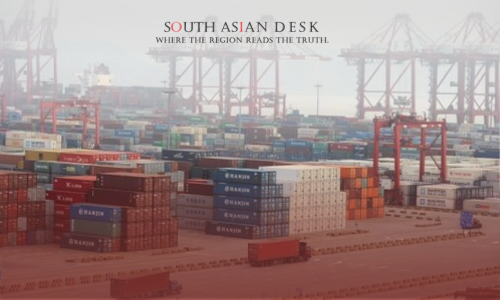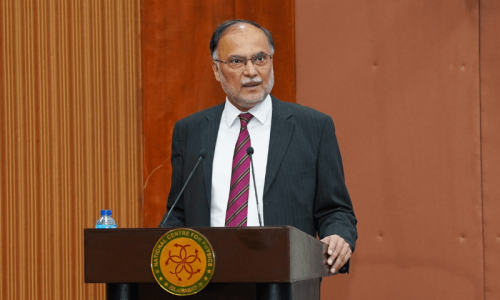Pakistan’s trade deficit with nine regional countries has expanded to $11.17 billion during the fiscal year 2024-25, highlighting persistent challenges in balancing exports and imports. The gap, driven by heavy reliance on imports from nations like China and India, reflects structural issues in trade competitiveness.
Imports from China alone accounted for a significant portion, with machinery, electronics, and raw materials dominating. India followed, supplying pharmaceuticals and agricultural products. Meanwhile, Pakistan’s exports, primarily textiles and rice, struggled to keep pace, constrained by limited product diversity and market access. Data from recent trade reports shows a 12% increase in the deficit compared to the previous year, with Afghanistan and Bangladesh also contributing to the imbalance due to rising imports of fuel and consumer goods.
Posts on X indicate public concern over the growing deficit, with some users pointing to currency depreciation and high import costs as aggravating factors. Others noted potential for boosting exports through better trade agreements. Despite efforts to promote local industries, high production costs and logistical bottlenecks continue to hamper progress.
Policymakers face pressure to address the trade gap through export diversification and regional trade pacts. Strengthening ties with Central Asian markets and enhancing value-added exports could help mitigate the deficit. For now, the widening trade gap remains a pressing economic challenge.
Published in SouthAsianDesk, June 25th, 2025
Follow SouthAsianDesk on X, Instagram and Facebook for insights on business and current affairs from across South Asia.




![Collage of COAS Field Marshal Munir [L] and US President Donald Trump. — ISPR/AFP](https://southasiandesk.com/wp-content/uploads/2025/06/18090415659519a-2.jpg)